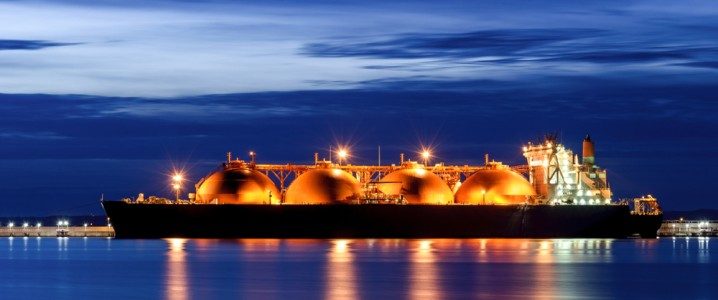Proponents of the $44 billion Alaska LNG project are nearing a significant milestone as the critical engineering and cost study for an 800-mile pipeline is expected to conclude by the end of the year. According to Doug Burgum, U.S. Secretary of the Interior, the results of the Front-End Engineering and Design (FEED) study should be available in December 2023. Burgum expressed optimism about the project during an event hosted by the American Petroleum Institute.
The Alaska LNG project aims to transport natural gas from the North Slope to both local consumers and international markets. The pipeline will connect production facilities in the North Slope to south-central Alaska, facilitating the export of liquefied natural gas (LNG) to U.S. allies across the Pacific. Additionally, the project includes multiple gas interconnection points to meet in-state demand effectively.
This initiative represents a joint venture between the U.S. energy developer Glenfarne Group and the Alaska Gasline Development Corporation, a state-owned entity. Glenfarne has indicated that energy companies are prepared to purchase $115 billion worth of LNG from Alaska once the project is completed. Reports suggest that up to 50 companies have formally expressed interest in participating.
Earlier this year, U.S. officials actively sought potential Asian investors for the LNG project. The export facility has garnered strong support from the Trump Administration, which has been advocating for increased LNG purchases from Japan and South Korea. This push is seen as a strategy to help reduce America’s trade deficit with its Asian partners.
Concerns have emerged among Japanese and other Asian companies regarding the overall costs associated with the $44 billion Alaska LNG project. Factors influencing their hesitation include the challenging cold weather conditions in Alaska and the extensive pipeline infrastructure required to make the project operational.
Despite these concerns, the anticipated completion of the FEED study is expected to heighten interest in the Alaska LNG project. As stakeholders await the findings, the potential for significant investment and development remains on the horizon.








































































